Park Information Quick Facts
Location: Alaska
Park Size: 4,470,911 Acres
Time Needed: 2-4 days
Best Season: May to September
Must Do: Visit the Sled Dog Kennels
Pro Tips: Take advantage of the park’s Transit Bus System for flexibility and wildlife viewing. These buses allow you to hop on and off at various points
Visitor Centers
Denali National Park and Preserve, located in the heart of Alaska, is a bucket-list destination for adventurers, nature lovers, and wildlife enthusiasts. Visitors are drawn to its vast, untamed wilderness and the majestic Denali, North America’s tallest peak. The park encompasses over six million acres of pristine landscapes, including forests, tundra, glaciers, and towering mountain ranges. With limited road access, visitors often rely on the park’s shuttle and transit buses to journey deep into its rugged interior, offering incredible opportunities for wildlife sightings, from grizzly bears and moose to caribou and Dall sheep. Whether hiking, camping, or simply enjoying the breathtaking vistas, Denali offers an unparalleled connection to nature.
Plan Your Denali Adventure Today!
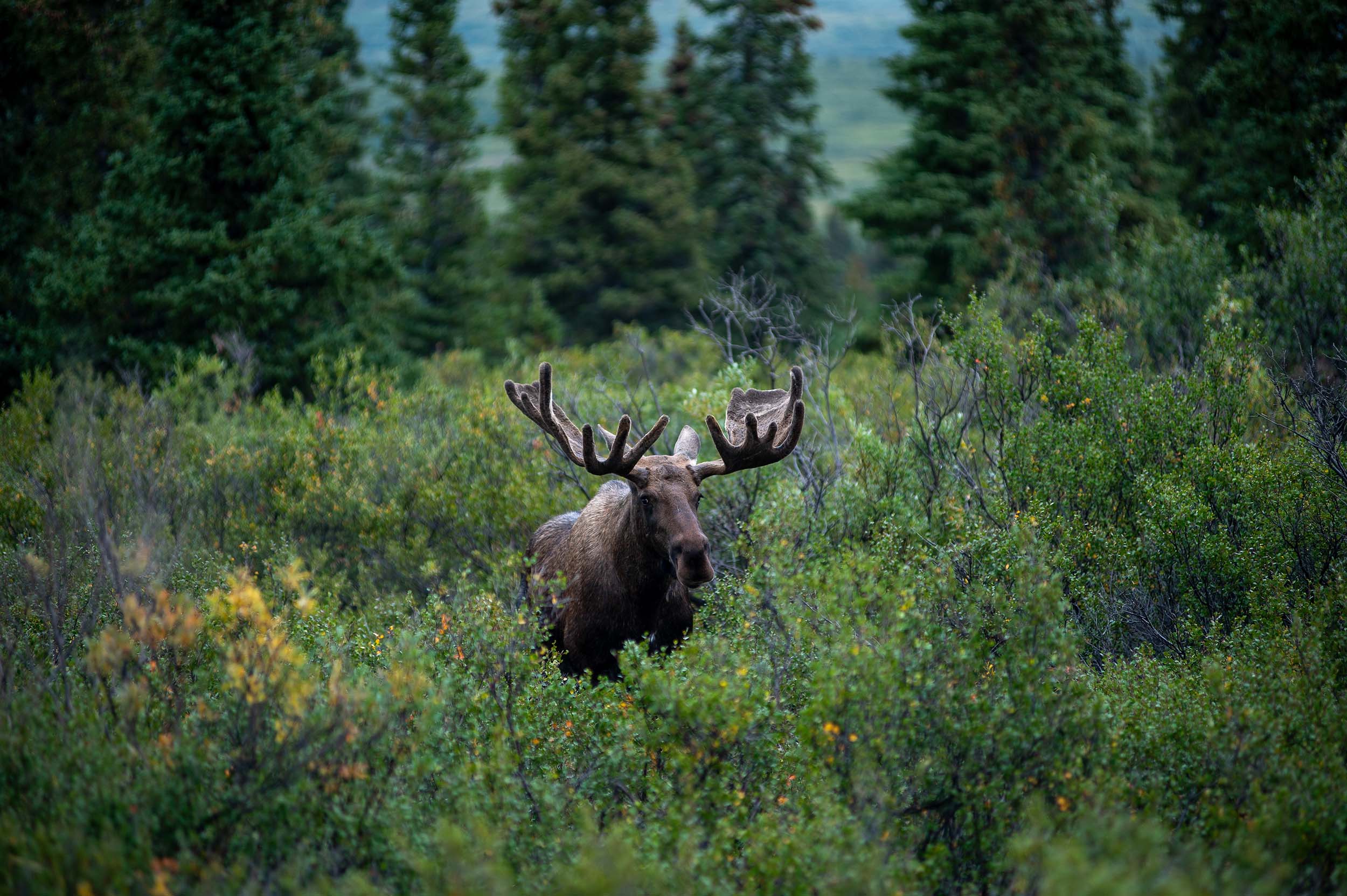
Getting There
How to Travel to Denali National Park
Reaching Denali National Park is an adventure in itself, offering travelers a glimpse of Alaska’s vast and scenic beauty. The park is located about 240 miles north of Anchorage and 120 miles south of Fairbanks, with the George Parks Highway (Alaska Route 3) providing a direct and picturesque drive. Many visitors choose to rent a car or take a bus from these cities to Denali, enjoying stunning mountain views and opportunities to stop at small Alaskan towns along the way. For those who prefer rail travel, the Alaska Railroad offers a scenic route with large dome windows, running between Anchorage, Fairbanks, and Denali, providing a relaxed and unique way to journey into the heart of Alaska.
Air travel is another option for reaching the park, though it typically involves flying into Anchorage or Fairbanks, as Denali itself does not have a major airport. From these cities, travelers can continue by car, bus, or train to reach the park entrance. Alternatively, small plane charters can provide closer access to the Denali area and offer breathtaking aerial views of the surrounding landscapes. During the summer months, there are also several tour operators that organize multi-day trips, combining transportation, lodging, and guided activities for a more seamless travel experience.
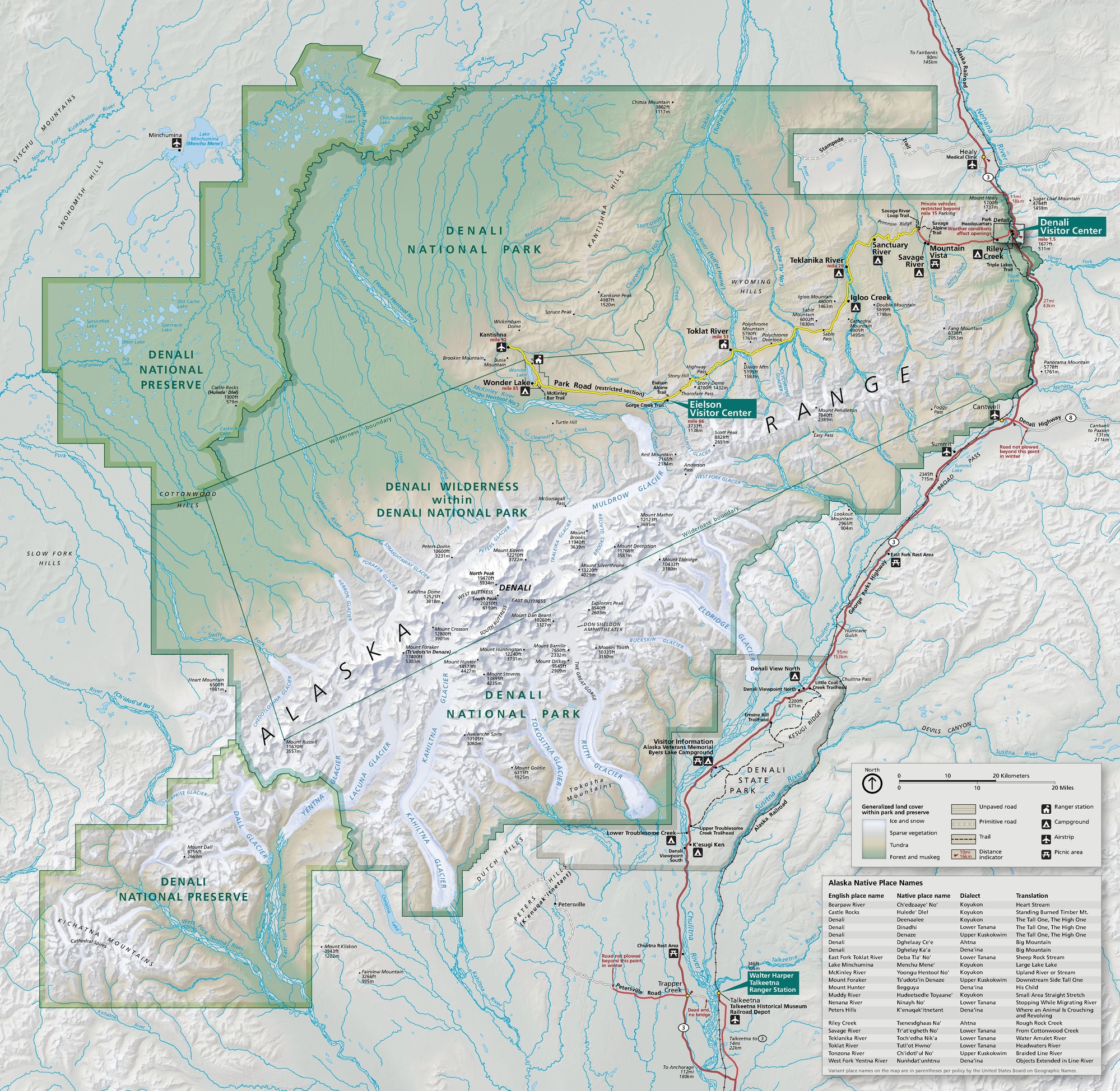
Camping
Riley Creek Campground
- Location: Near the park entrance.
- Access: Open year-round and accessible by private vehicles.
- Features: Tent and RV sites, potable water, flush toilets, picnic tables, fire pits, and a convenient location near the Denali Visitor Center and park amenities.
- Reservations: Highly recommended during summer.
Savage River Campground
- Location: Mile 15 of the Denali Park Road (the farthest point private vehicles can travel).
- Access: Accessible by private vehicles or transit buses.
- Features: Tent and RV sites, potable water, vault toilets, and a peaceful setting along the river with mountain views.
Sanctuary River Campground
- Location: Mile 22 of the Denali Park Road.
- Access: Only accessible by park transit buses.
- Features: Tent-only sites, primitive facilities (vault toilets, no potable water), and a quiet, remote location ideal for solitude and nature immersion.
Teklanika River Campground
- Location: Mile 29 of the Denali Park Road.
- Access: Accessible only by park transit buses. A special Tek Pass allows limited vehicle access for RVs with a minimum stay requirement.
- Features: Tent and RV sites, potable water, vault toilets, and a stunning riverside location with views of nearby mountains.
Igloo Creek Campground
- Location: Mile 35 of the Denali Park Road.
- Access: Only accessible by park transit buses.
- Features: Tent-only sites, primitive facilities (vault toilets, no potable water), and a secluded, serene environment surrounded by forest.
Wonder Lake Campground
- Location: Mile 85 of the Denali Park Road.
- Access: Accessible by park transit buses.
- Features: Tent-only sites, potable water, vault toilets, and one of the most scenic locations in the park with views of Denali (weather permitting). It’s also a great spot for photography and enjoying the midnight sun or northern lights, depending on the season.
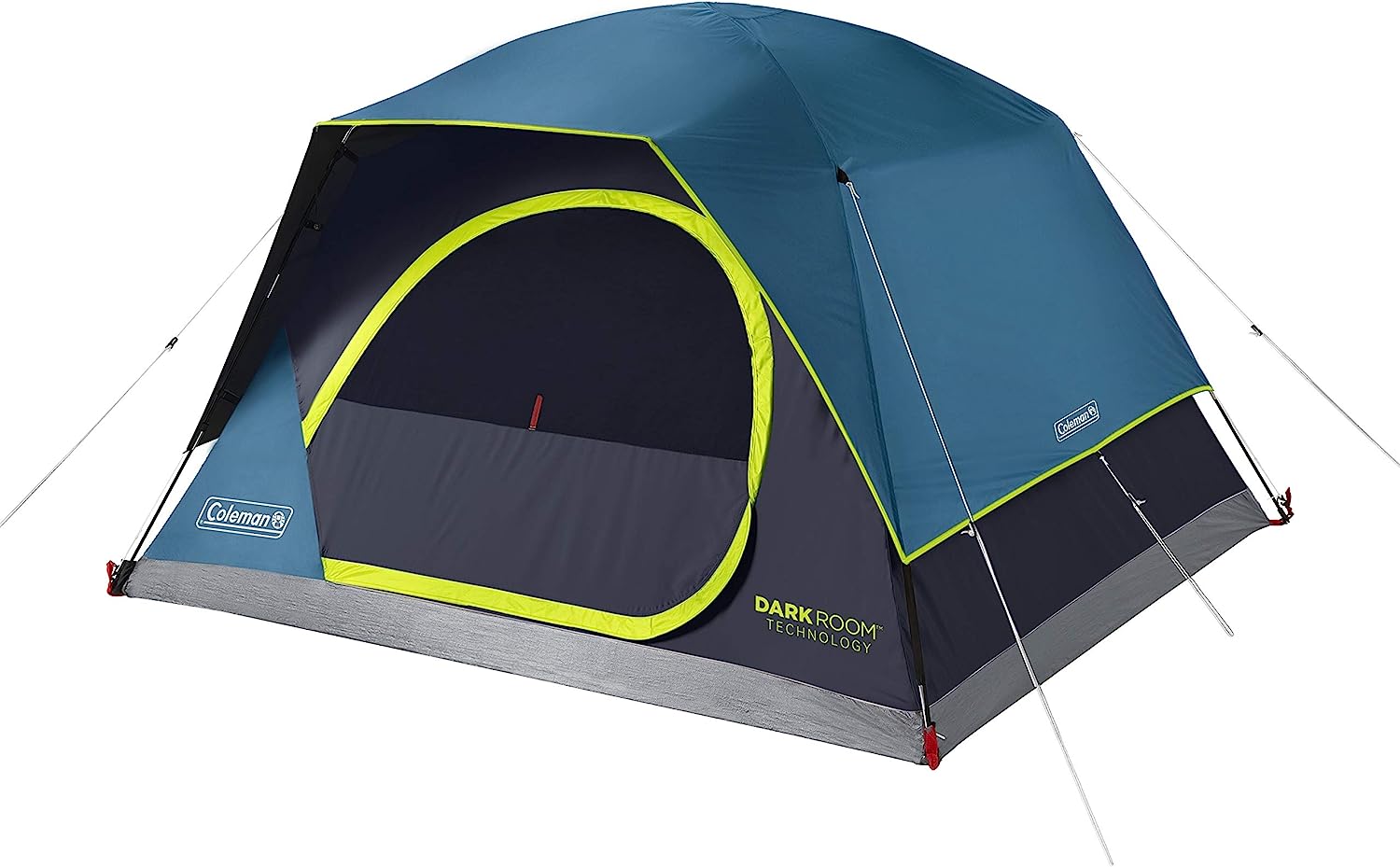
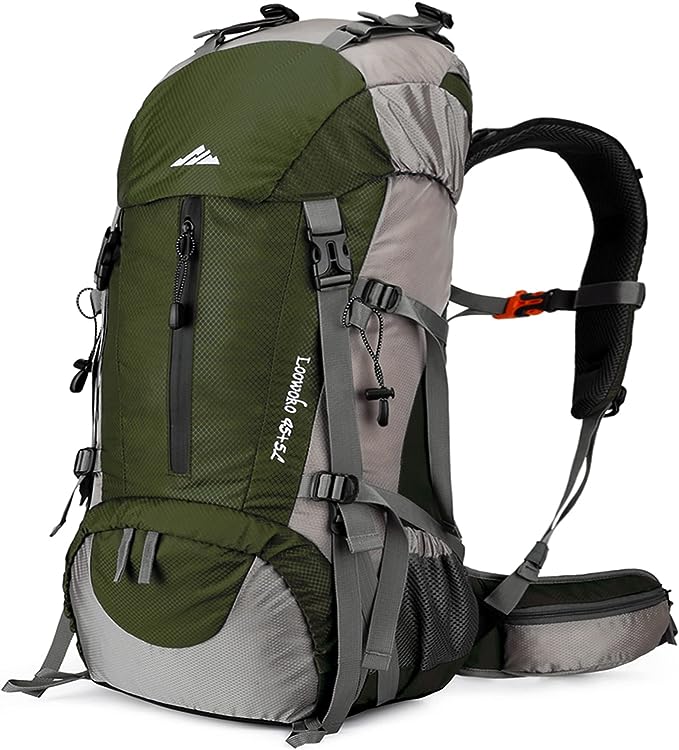
- Be Bear Aware: Denali is home to a variety of wildlife, including grizzly bears. Store all food, trash, and scented items in bear-proof lockers or containers provided at the campgrounds. When backcountry camping, use a bear canister and follow proper food storage techniques. Always maintain a safe distance from wildlife and never approach animals.
- Pack for Variable Weather: Denali’s weather can change rapidly, even during summer. Bring layers, waterproof gear, and warm clothing to stay comfortable. Nights can be cold, so a high-quality sleeping bag rated for lower temperatures is essential.
- Plan Transportation: Most campgrounds beyond Savage River are only accessible by the park’s transit bus system. Reserve your bus tickets and campsite in advance, and familiarize yourself with the bus schedules to ensure you can reach your campground and return as planned.
Popular Hiking Trails
Horseshoe Lake Trail
- Distance: 2 miles round trip
- Difficulty: Easy
- Features: This short loop trail offers scenic views of Horseshoe Lake and the surrounding forest.
Mount Healy Overlook Trail
- Distance: 4.9 miles round trip
- Difficulty: Moderate to strenuous
- Features: This challenging trail climbs steeply up the slopes of Mount Healy, providing panoramic views of the park, including the Nenana River and the Alaska Range.
Taiga Trail
- Distance: 1 mile one way
- Difficulty: Easy
- Features: A short, easy trail through boreal forest, the Taiga Trail offers a glimpse into the park’s diverse ecosystems.
Savage Alpine Trail
- Distance: 4 miles one way
- Difficulty: Moderate to strenuous
- Features: Starting at the Savage River Campground, this trail ascends into alpine terrain, offering stunning views of the valley below and the Alaska Range.
Triple Lakes Trail
- Distance: 9 miles round trip
- Difficulty: Moderate
- Features: This scenic trail offers views of three glacial lakes, meadows, and alpine terrain.
Rock Creek Trail
- Distance: 4.3 miles one way
- Difficulty: Moderate
- Features: This trail connects the Denali Visitor Center to the park’s sled dog kennels.
Roadside Trail
- Distance: 2.8 miles one way
- Difficulty: Easy to moderate
- Features: Running parallel to the park road, this trail connects the Denali Visitor Center to Riley Creek Campground.
McKinley Station Trail
- Distance: 1.6 miles one way
- Difficulty: Easy
- Features: This short trail follows Riley Creek and takes hikers through an area that was once a former mining town known as McKinley Station.
Savage River Loop Trail
- Distance: 2 miles round trip
- Difficulty: Easy
- Features: This relatively flat loop trail runs along the Savage River, offering views of the river, surrounding mountains, and wildlife.
Wonder Lake Trail
- Distance: 5 miles one way
- Difficulty: Moderate
- Features: This trail starts at the Wonder Lake Campground and offers incredible views of Denali (weather permitting), along with wildflower meadows, dense forests, and lakeside scenery.
Hiking Trails in Denali National Park
Denali National Park and Preserve offers an unparalleled experience for hiking enthusiasts, with its diverse trails showcasing the breathtaking landscapes of Alaska’s wilderness. Unlike many national parks, Denali does not have a vast network of maintained trails; instead, it invites adventurers to explore the land on their own terms. The few designated trails, such as the Horseshoe Lake Trail and the Savage River Loop, provide accessible paths for all skill levels. These maintained routes highlight serene lakes, vibrant wildflowers, and opportunities to spot wildlife such as moose and Dall sheep.
For those seeking a deeper connection with the park’s rugged beauty, Denali’s trail-less backcountry is a unique draw. Hikers can immerse themselves in a true wilderness experience, navigating vast tundra, river valleys, and mountain ridges without predefined paths. This off-trail hiking offers solitude and a sense of discovery, but it also requires preparation, navigation skills, and awareness of potential encounters with wildlife like grizzly bears. Permits for backcountry exploration ensure visitor safety and environmental preservation.
Wildlife at the Park
Denali National Park is a sanctuary for an incredible variety of wildlife, offering visitors the chance to observe animals thriving in their natural habitat. The park is home to the “Big Five” of Alaskan wildlife: grizzly bears, wolves, caribou, Dall sheep, and moose. These iconic species roam freely across the park’s vast and diverse landscapes, from tundra to forested areas, creating unforgettable wildlife-watching opportunities. Grizzly bears are often spotted foraging on the open tundra, while moose are frequently seen near lakes and rivers, grazing on aquatic vegetation.
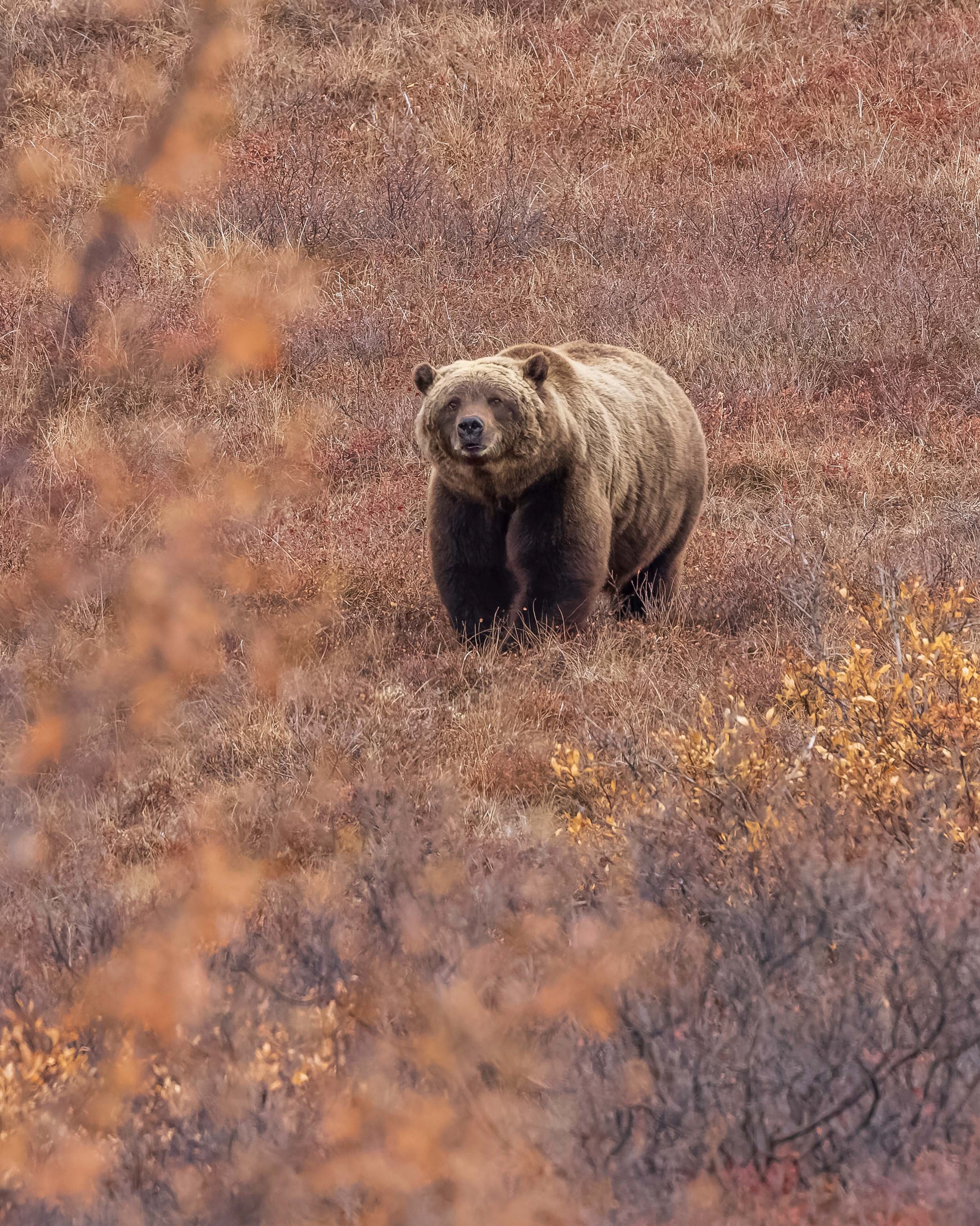
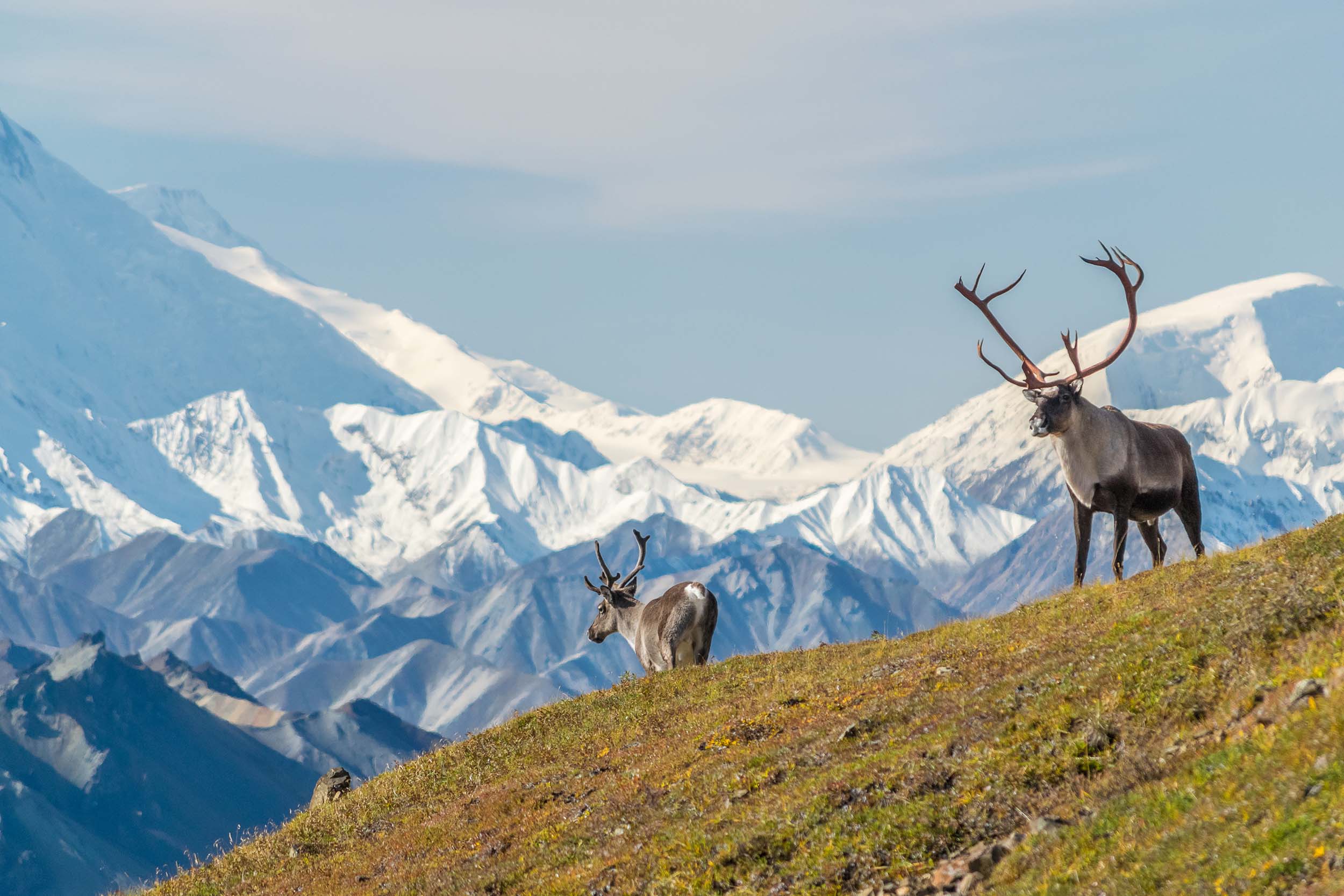
The park’s avian life is equally impressive, with over 160 bird species recorded in Denali. Birdwatchers can marvel at golden eagles soaring high above the mountains or spot ptarmigans blending into their surroundings as they change plumage with the seasons. During the summer months, migratory birds like Arctic terns and sandhill cranes add vibrant life to the park. The varied ecosystems of Denali also support small mammals such as arctic ground squirrels, marmots, and snowshoe hares, which play vital roles in the food web.
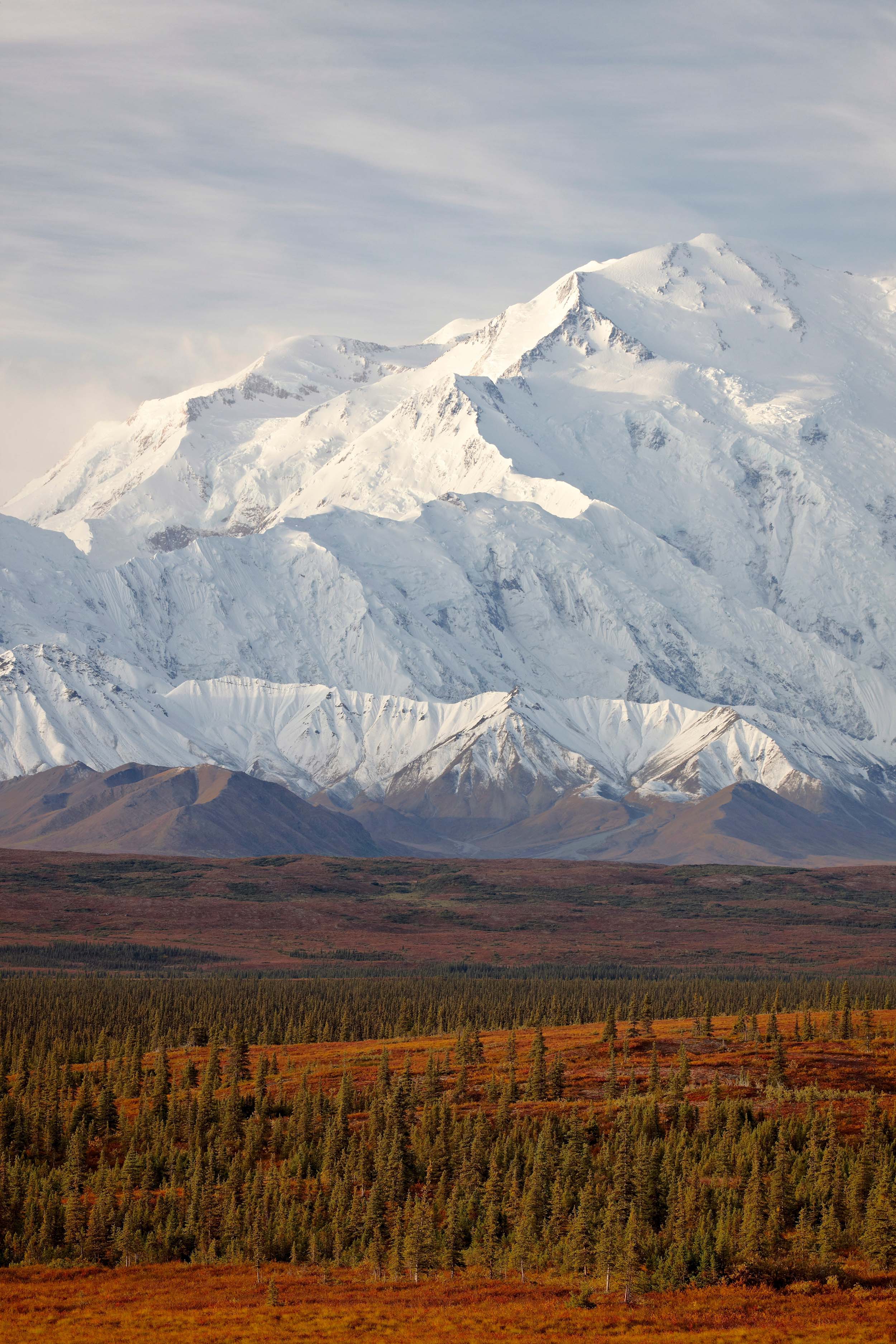
Gear We Used

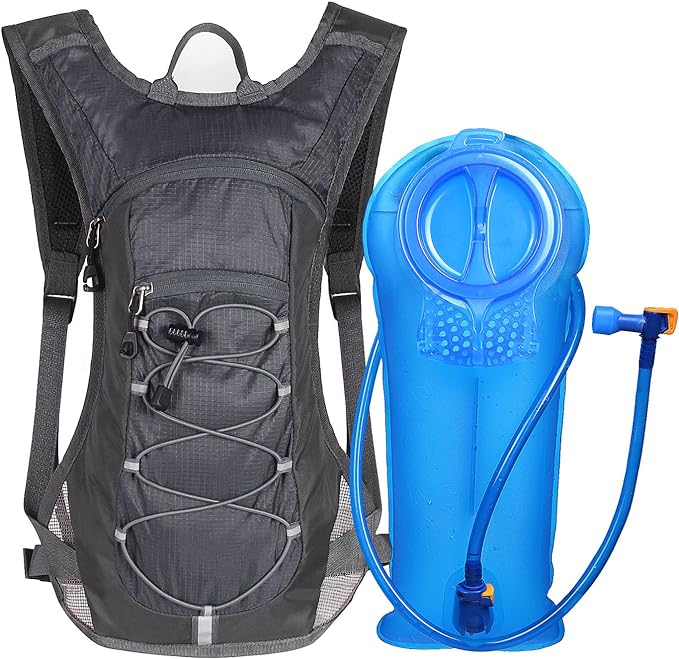
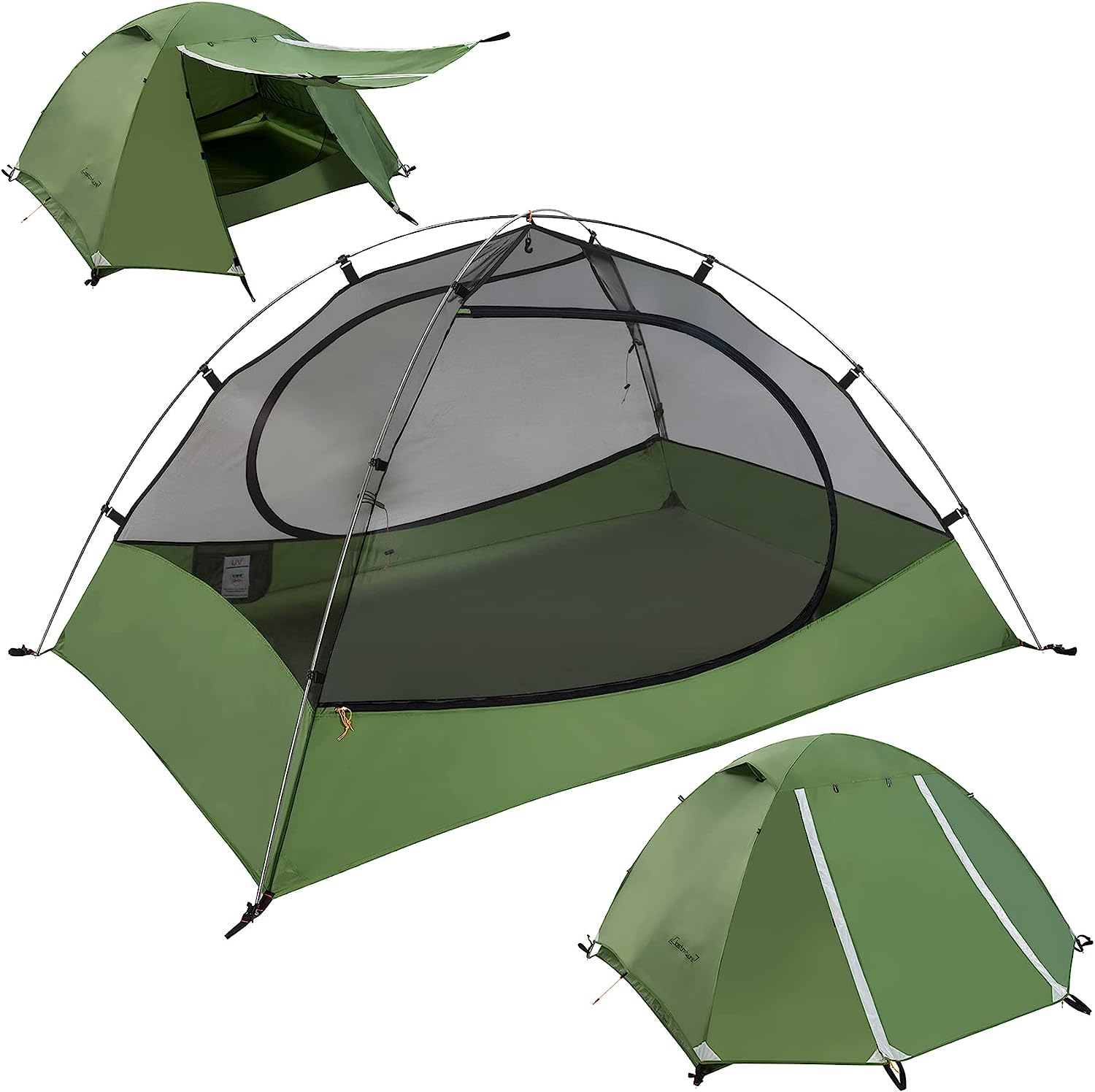
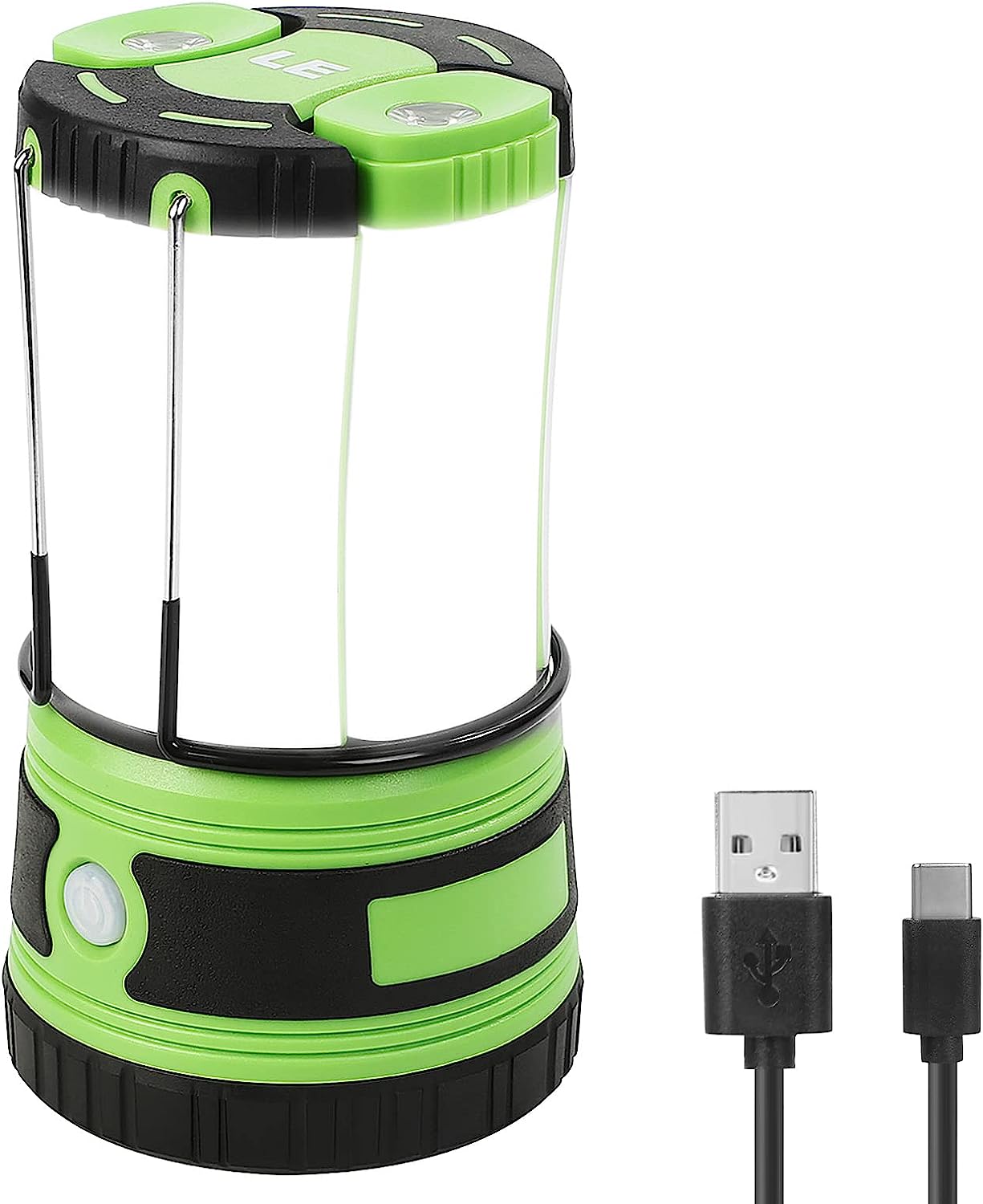
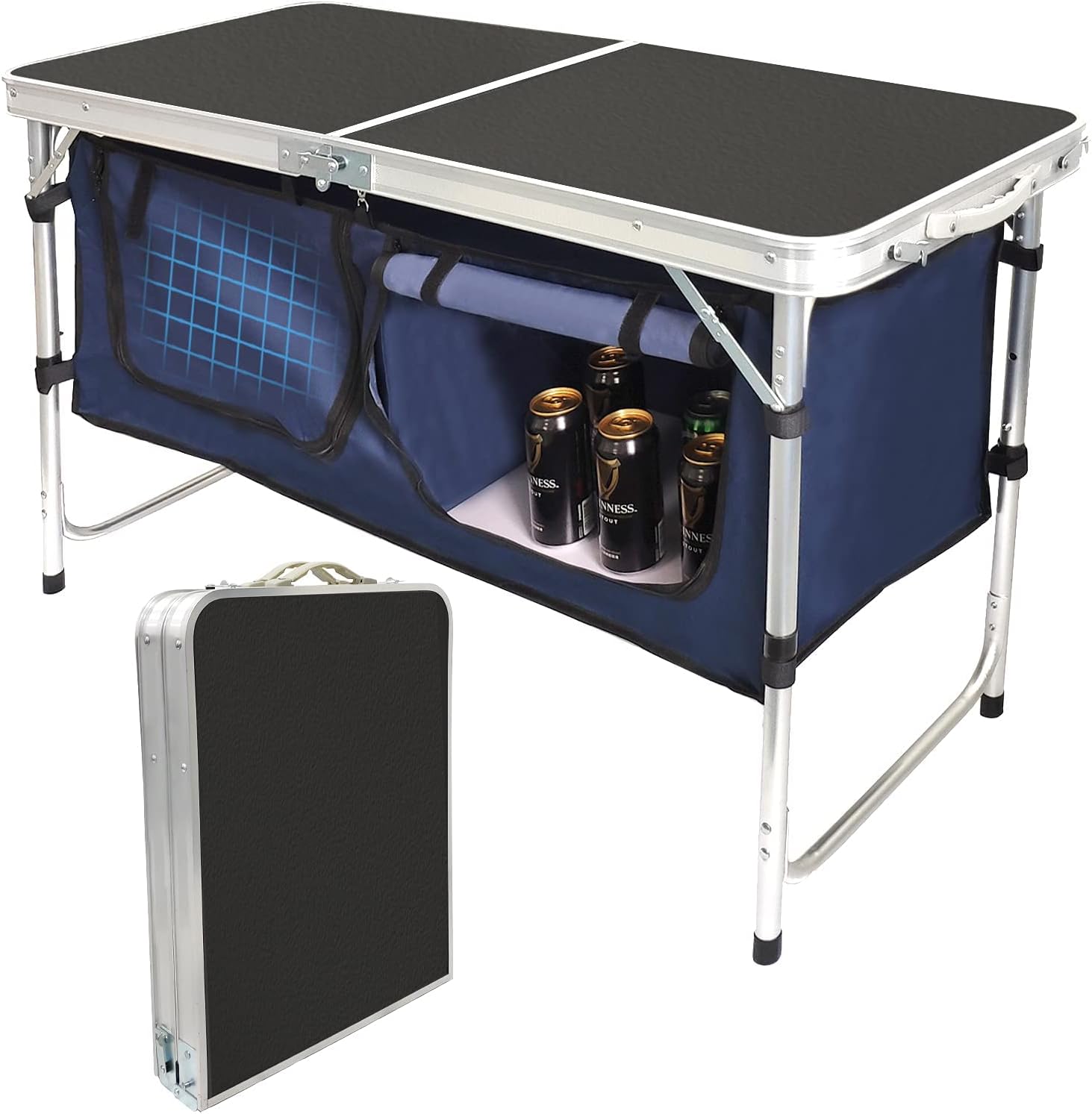
Must-Do Activities
Take a Wildlife Bus Tour
One of the most iconic activities in Denali National Park is embarking on a wildlife bus tour along the Denali Park Road. These guided tours offer visitors the chance to traverse the park’s only road, providing spectacular views of the landscape and opportunities to spot wildlife such as grizzly bears, moose, caribou, and wolves. The narrated tours are both educational and immersive, offering insights into the park’s history, geology, and ecosystems. Depending on the tour, visitors may journey as far as the Eielson Visitor Center, where they can marvel at the majestic Denali peak, weather permitting.
Hike the Trails or Explore the Backcountry
Whether you’re a casual walker or an experienced adventurer, Denali offers hiking experiences for every level. Maintained trails near the entrance, like the Horseshoe Lake Trail or the Savage River Loop, are perfect for those seeking well-marked paths with stunning scenery. For a more adventurous experience, visitors can explore Denali’s unmarked backcountry, navigating open tundra and river valleys in a true wilderness setting. Backcountry hiking requires preparation and permits but rewards explorers with unparalleled solitude and a deeper connection to the rugged landscape.
Visit the Sled Dog Kennels
Denali National Park History
Denali National Park, originally named Mount McKinley National Park, was established in 1917 to protect the unique wildlife and stunning landscapes of Alaska’s interior. Its creation was largely driven by conservationist Charles Sheldon, who recognized the need to preserve the area’s Dall sheep from overhunting. Sheldon’s advocacy led to the park’s designation, making it one of the earliest national parks aimed at wildlife conservation. Over time, the park’s purpose expanded to include the protection of its dramatic geological features, including the towering Denali, the tallest peak in North America.
In 1980, the park underwent significant changes with the passage of the Alaska National Interest Lands Conservation Act (ANILCA). This legislation enlarged the park’s boundaries, increasing its size to over six million acres and renaming it Denali National Park and Preserve. The act also broadened its mission to include not only preservation but also opportunities for subsistence use by Alaska Natives and rural residents. The new boundaries encompassed more diverse ecosystems, ensuring that the park could sustain its abundant wildlife and pristine landscapes for generations to come.






